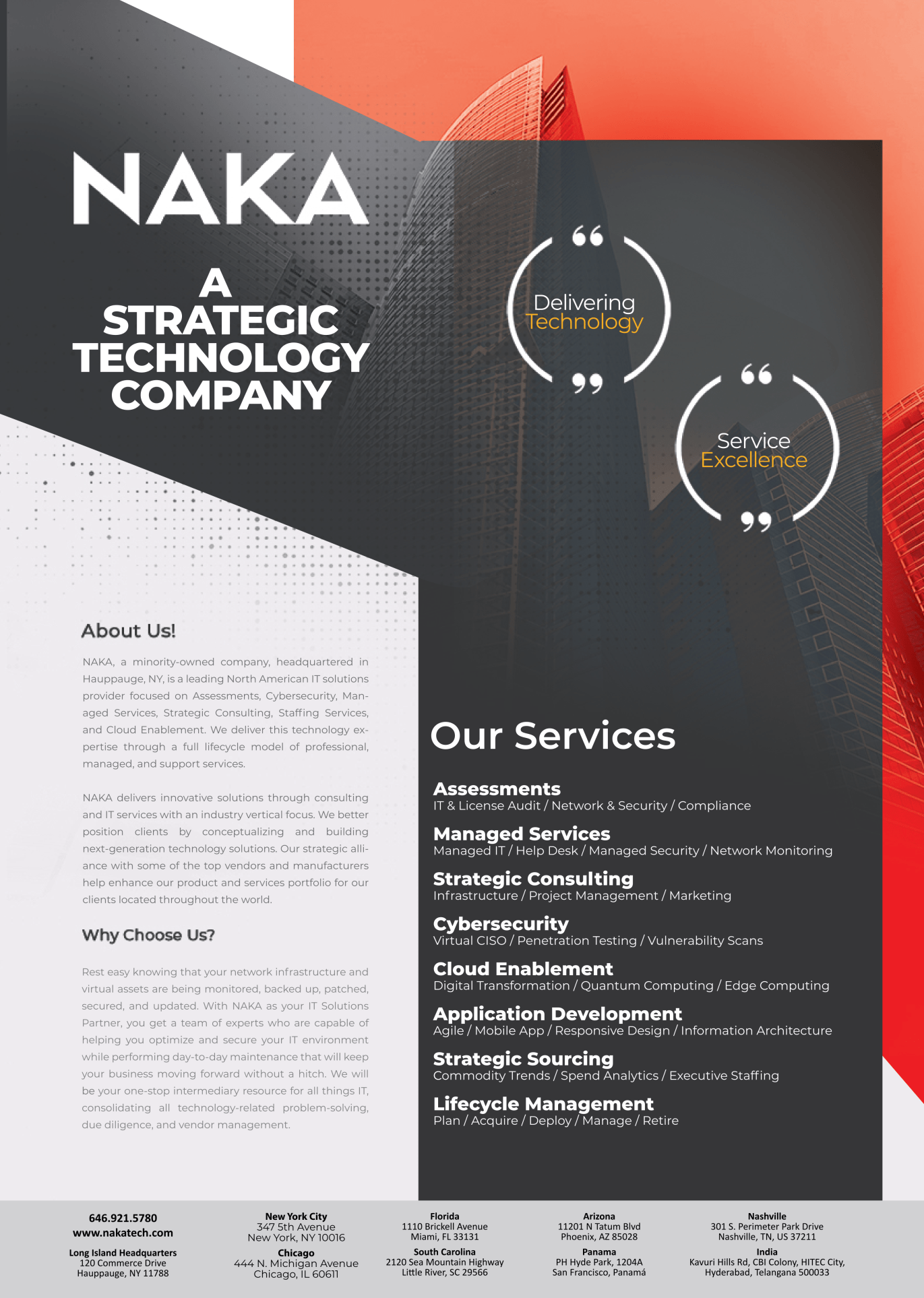Importance of Physical Security in School Premises

Importance of Physical Security in School Premises
In an era where safety concerns are paramount, ensuring the security of school premises has become a top priority. The integration of effective physical security solutions, including advanced technologies like a Visitor Management System, plays a crucial role in safeguarding students, staff, and assets. In this comprehensive guide, we delve into the world of physical security in educational institutions, highlighting its significance and the role of modern solutions.
Understanding Physical Security in Schools
What is Physical Security?
Physical security involves the implementation of measures and technologies to protect physical assets, people, and information from unauthorized access, damage, or harm. In school premises, physical security encompasses strategies that deter, detect, and respond to potential threats, creating a safe learning environment for all.
Components of Physical Security in Schools:
- Access Control Systems: These systems regulate who can enter specific areas of the school premises. They often include electronic keycards, biometric authentication, and access badges. Access control ensures that only authorized individuals have entry to designated spaces, such as classrooms, labs, administrative offices, and sensitive areas like data centers.
- CCTV Surveillance: Closed-circuit television (CCTV) cameras are strategically placed throughout the premises to monitor and record activities in real-time. CCTV surveillance serves as a deterrent and aids in incident investigation. The ability to review footage can provide crucial insights in the event of security breaches or emergencies, enabling school authorities to make informed decisions.
- Intrusion Detection Systems: Intrusion detection systems use sensors and alarms to detect unauthorized access or breaches. These systems promptly alert security personnel to potential threats, allowing for rapid response and mitigation. This technology is particularly valuable during non-operational hours when the premises may be less populated.
- Perimeter Security: Fencing, barriers, and gates are used to establish the boundary of the school premises and control access points. This prevents unauthorized entry and enhances overall security by creating clear demarcations between public and restricted areas. Perimeter security also includes exterior lighting to deter unauthorized activity during nighttime.
- Visitor Management System: A Visitor Management System is a modern solution that streamlines the process of registering, tracking, and managing visitors. It helps schools know who is on their premises at all times and ensures a swift response during emergencies. A well-implemented VMS can enhance security and simplify administrative tasks, such as tracking visitor history and generating reports.
Importance of Physical Security in Schools
- Student Safety: The primary objective of physical security in schools is to ensure the safety and well-being of students. By implementing robust security measures, schools create an environment where students can focus on learning without fear. Parents and guardians can also have peace of mind knowing that their children are in a secure environment, promoting a positive and productive educational experience.
- Prevention of Incidents: Visible security measures act as a deterrent, discouraging potential intruders or perpetrators from attempting to breach the premises. This proactive approach helps prevent incidents before they occur, as individuals are less likely to attempt unauthorized access when they perceive a high risk of being caught. Prevention is a key aspect of maintaining a secure school environment.
- Emergency Response: In the event of an emergency, such as a lockdown or natural disaster, well-implemented physical security measures aid in effectively managing the situation. Access control systems and surveillance help school administrators respond swiftly and decisively. Clear communication protocols supported by technological solutions contribute to a coordinated response, minimizing confusion and maximizing safety.
- Protection of Assets: Schools house valuable assets, including computers, equipment, and confidential information. Physical security safeguards these assets from theft or damage, ensuring the smooth functioning of educational activities. Moreover, protecting assets also extends to preserving the integrity of the school’s reputation, which can be affected by security breaches.
Collaboration with Technological Solutions
The Role of Visitor Management Systems
A Visitor Management System (VMS) is an integral part of modern physical security in schools. It offers a comprehensive solution for managing visitors, contractors, and even students’ early dismissals. With a VMS, schools can:
- Register and verify visitors’ identities, ensuring they have legitimate reasons for entering the premises. This initial screening helps prevent potential threats from entering the school environment.
- Monitor and track visitor movements, enhancing situational awareness. Schools can keep track of who is present on the premises at any given time, allowing for effective response during emergencies.
- Generate instant visitor badges for easy identification. Badges not only identify visitors but also display their designated areas of access, ensuring they are within authorized zones.
- Integrate with other security systems for a cohesive security strategy. When integrated with access control and surveillance systems, a VMS provides a unified approach to managing security, creating a more effective and streamlined process.
Conclusion:
Physical security in school premises is a multifaceted endeavor that demands attention, planning, and the integration of advanced technologies. By prioritizing access control, surveillance, intrusion detection, perimeter security, and adopting solutions like Visitor Management Systems, educational institutions can create a safe and secure environment conducive to learning. As the landscape of security evolves, staying proactive in implementing modern solutions is essential for the safety and well-being of everyone within school premises.
Schools have a responsibility to provide a secure environment where students can thrive, and robust physical security measures play an instrumental role in achieving this goal. By combining technology with vigilant planning, schools can create an environment where education and safety go hand in hand. With ongoing advancements in security technologies, schools have the opportunity to adapt and enhance their security strategies, ensuring a brighter and more secure future for students and staff alike.



